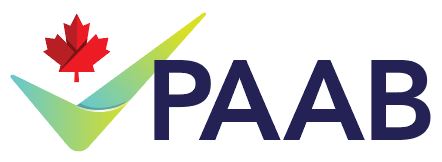175 - Dear PAAB. What jurisdiction does PAAB have over reprints and in particular reprints that may not be acceptable for promotional material but are consistent with and within indication. An example would be a review article?
-
Journal reprints per se are not subject to PAAB review. If they are consistent with the Terms of Marketing Authorization they can be distributed complete and unmarked (no emphasis). That can include review articles. Please remember that when journal reprints are distributed in a promotional manner i.e. detailed by reps or are used as references to support advertising claims, they must meet all the requirements of the PAAB code, especially s2,3,4 and 5. They can be distributed by the medical department upon request for specific information and not be considered advertising. See also "The Distinction Between Advertising and Other Activities" and the Innovative Medicines Canada "Code of Ethical Practices" which have requirements specific to journal reprints. The Distinction document says this about textbooks and reprint articles:
"Dissemination of full, unedited reference texts (textbooks, chapters of textbooks), government publications or reprints of published, peer-reviewed articles from medical or scientific journals, that are identified as being provided courtesy of a pharmaceutical manufacturer, may be a nonpromotional activity provided that: no link between the text and promotion of a drug is established by the manufacturer.
Such material may be considered to be advertising where the aforementioned condition is not met or where other factors indicate that the primary purpose is to promote the sale of a drug, for example: the material is accompanied by any form of additional information (e.g., printed, word of mouth) designed by or on behalf of the manufacturer for the purpose of promoting a drug (e.g., detail aid), the material was written or edited by an employee or agent of the pharmaceutical manufacturer, a summary or interpretation of the text prepared by the pharmaceutical manufacturer or his agent accompanies the material, reference is made to the availability of an unauthorized drug through the Special Access Programme."
